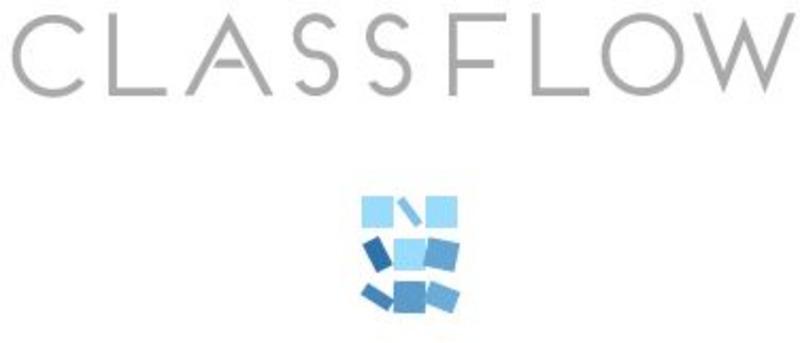Alabama Learning Exchange
Alex: I Know What I Am, but What Are You?
During this lesson students will develop an understanding of how to classify living things and what creates the distinction among them. They will learn to classify living things by effects, environment, and activity.
CK-12 Foundation
Ck 12: Biology: Classifying Organisms Study Guide
This comprehensive study guide covers the main terms and concepts needed for a unit on classifying organisms.
Biology Corner
Biology Corner: Fingerprint Classification
A lesson where pupils practice classification by putting fingerprints into groups.
Other
Alternative Classifications of Life
The Linnaean system (1758) classified all macroscopic living organisms as either Animals or Plants, based on whether they moved [anima, with a soul] or not. Thus, Fungi were included as plants. With the invention of the microscope and...
Quia
Quia: Scientific Notation Quiz
Quiz on some aspects of biological classification. Provides feedback when answers to the quiz are submitted.
Sophia Learning
Sophia: Classification of Organisms: Lesson 1
This lesson will introduce taxonomy and give an example by providing the scientific classification of an organism. It is 1 of 2 in the series titled "Classification of Organisms."
ClassFlow
Class Flow: Australia Revealed Culture & Arts
[Free Registration/Login Required] The content is on the URLs that are included in this set of illustrations my grandfather left to me, these drawings he did long ago can help students see the progress we have made with conserving...
ClassFlow
Class Flow: Classifying Critters
[Free Registration/Login Required] This flipchart helps students understand how to classify animals. There are 3 groups in this flipchart - reptiles, fish, and birds. Included in the flipchart are web links, Activote questions,...
ClassFlow
Class Flow: Classifying Invertebrates
[Free Registration/Login Required] This is a lesson on classifying invertebrates based on their observable features. It focuses on the three types of worms: flatworm, roundworm, and segmented worm. The lesson contains 3 videos as well as...
ClassFlow
Class Flow: Egg Citing Adventures
[Free Registration/Login Required] Chickens aren't the only ones who lay eggs. Through poetry and hands-on activities, students learn how birds, reptiles, fish, and amphibians are alike and different. Number activities and videos are...
The Franklin Institute
The Franklin Institute: Living Things Families
What do centipedes and crabs have in common? What's so special about a backbone? Check this site out from The Franklin Institute if you are interested in biology and classification.










